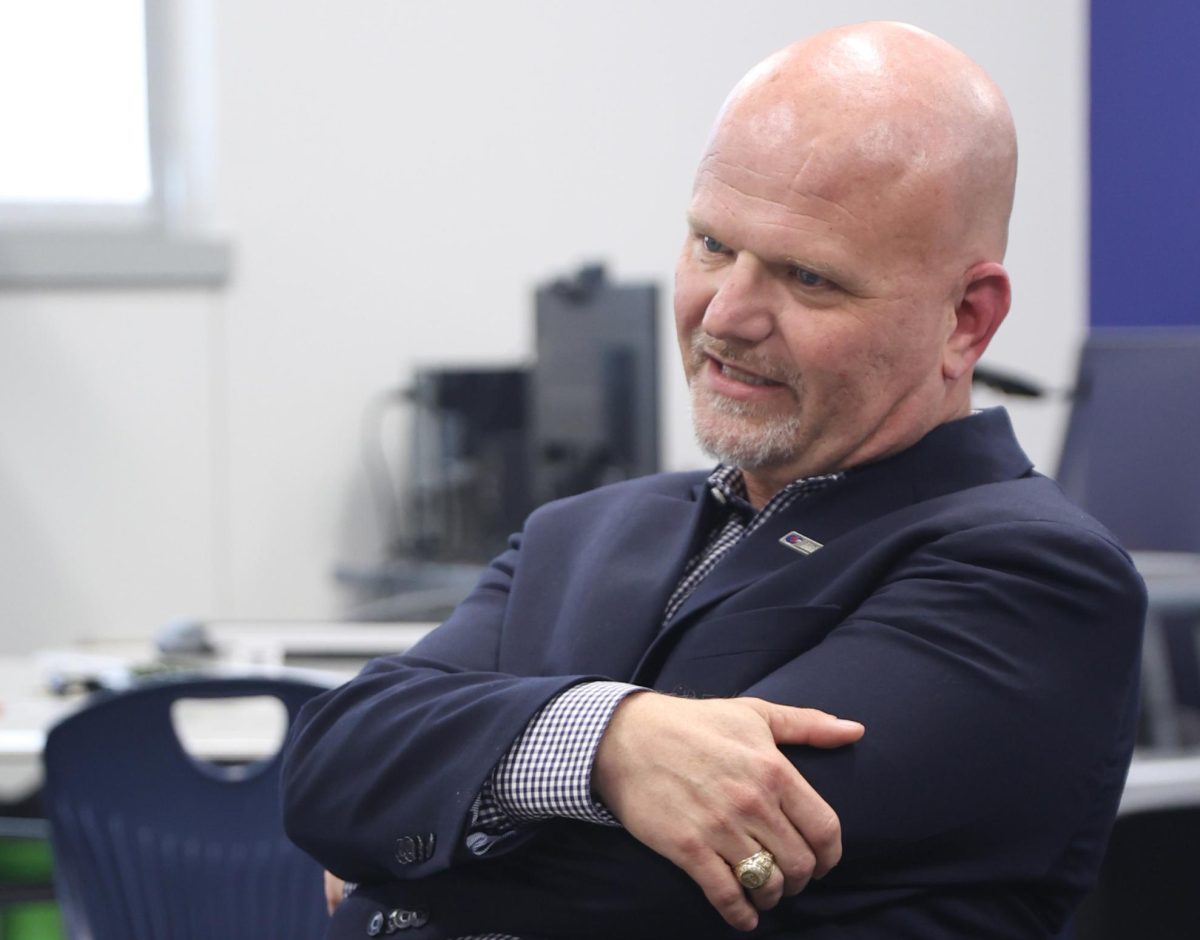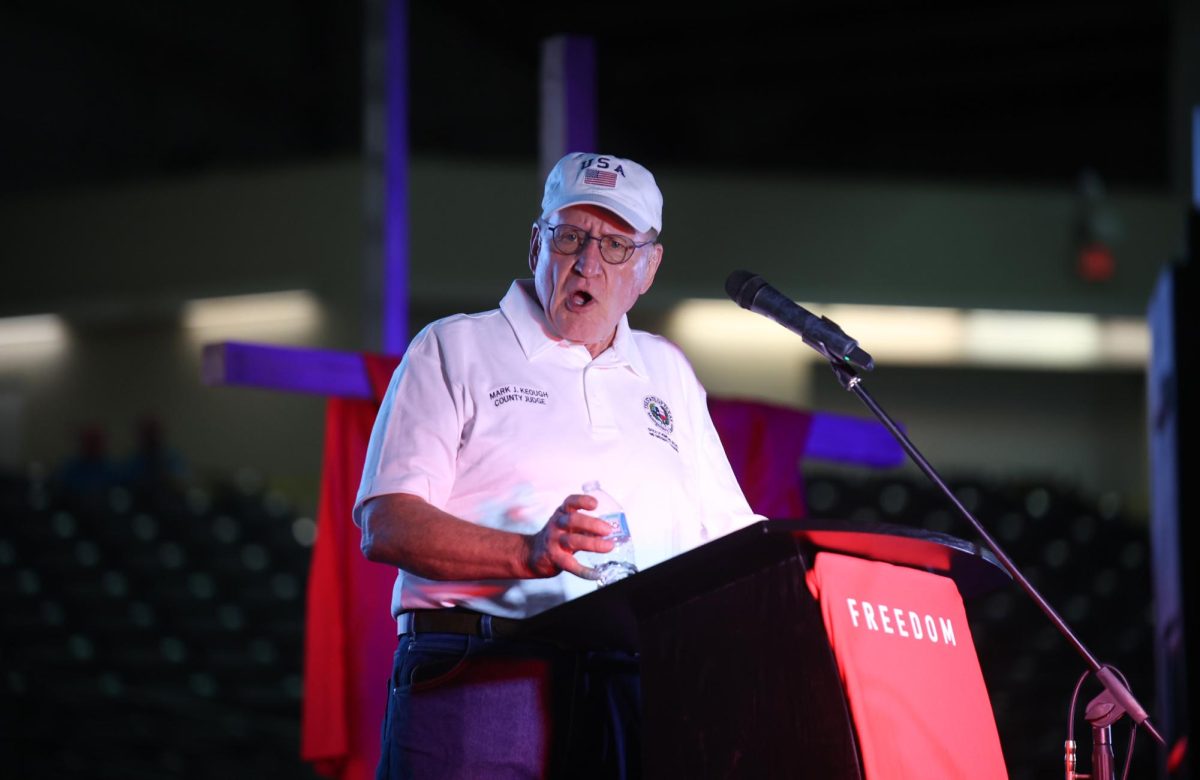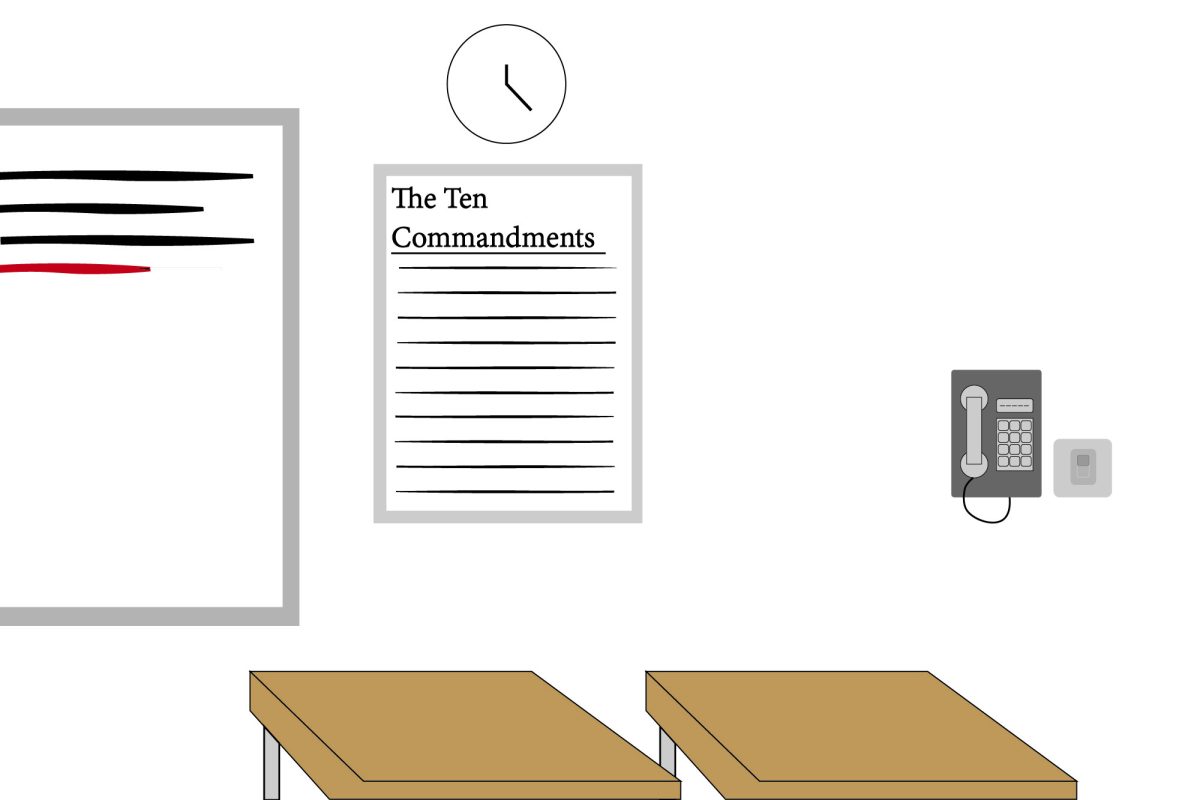Hours past my bedtime, I spent the night playing PBSKids.org alone in my grandma’s office. The landline interrupted my gaming. Frustrated, I hopped down from the chair.
Why hasn’t Mom answered already?
I trotted into the living room to see her asleep on the couch, unaffected by the phone blaring next to her.
I picked up and heard Dad’s Friday-night-football-induced, drunken voice.
“Hey baby, how’s Logan?” he said, assuming I was Mom.
Hearing me his 4-year-old son reply surprised him, but learning his wife was unconscious instantly sobered him.
“Bubba, I need you to slap mommy as hard as you can, please,” he said.
He begged and begged, but I froze. The most I could do was rest my palm on her cheek.
Mom, Mary Loveless-Day, was overdosing on OxyContin – a victim of the first opioid epidemic. She survived that night, but so did that memory – burned into my thoughts 13 years later.
EDITOR’S NOTE: This is Part 1 of a series exploring the early wave of the opioid epidemic from Logan Day’s perspective watching his mother’s battle with addictive painkillers.
In 1999, the first wave of the opioid washed through the U.S. in 1999 when prescription painkiller overdoses skyrocketed. Purdue Pharma owner Richard Sackler and the Sackler family engineered the epidemic. The Sacklers already owned MS Contin – a highly addictive opioid prescribed for chronic illnesses like Cancer. Purdue reformulated that drug into OxyContin, a semi-synthetic opioid derived from the same ingredients.
While Purdue reformulated, Richard Sackler rebranded OxyContin and advertised it as a non-addictive painkiller cure-all for the whole family. In reality, OxyContin is twice as addictive as MS Contin. The Sackler family made billions and other corporations hopped on the bandwagon.
Each year thousands more prescription users overdosed and lawsuits flooded in. Doctors continued to overprescribe opioids. It was thanks to drug company’s multi-million dollar marketing schemes spreading misinformation, manipulation and death.
Marketing must be regulated when paired with modern prescription drugs.

Undereducated & Overprescribed
Mom styled hair since graduating high school. Years of clipping turned to developing, but not diagnosed, carpal tunnel syndrome. The pain was light, but but enough to slow her work, so she visited our family doctor. He prescribed her Vicodin – a hydrocodone opioid, and her first poison.
At the time, the Food and Drug Administration approved Vicodin for moderate to moderately-severe pain– a deadly error. With fewer restrictions than OxyContin, Vicodin became the most widely prescribed painkiller in the U.S. as of 2009. In 2014, the FDA re-evaluated and discontinued Vicodin, classifying it as a Schedule 2 narcotic, which is the same level as OxyContin. It came two years too late for Mom.
Doctors learn of new drugs through so-called pharmacy benefit managers – people in charge of mediating between pharmacies and manufacturers on drug prices, health plan coverage and monitoring prescription drug-use. Sales representatives who lobby doctors to push their drugs on patients. These middlemen deceived patients and doctors, with large companies such as Purdue Pharma bribing benefit managers with thousands of dollars to ignore OxyContin’s increasing overdosages. Companies trained sales representatives to lie and manipulate doctors into larger prescriptions, awarding secret, cash incentives for high prescription rates regardless of addiction rates. The Sav-Rite pharmacy in Kermit, West Virginia – approximate population 400 – received nearly 9 million opioids in a two-year period. Numbers that extreme led to questioning doctor integrity.
When Mom entered the Clinic, knowingly or not, our doctor prescribed her addiction.
Pay to Play
Vicodin worked. Mom’s pain disappeared. But as her pain numbed, so did her brain. Mom — normally cheerful, social and lovable – zombified. Her characteristic smile drooped into blank stares; conversations were now drawn-out stuttering, jumble of words.
All were symptoms of over-prescribed dosage.
Did I understand that as a 4-year-old? No, but neither did anyone else. My family trusted opioids exactly the way companies wanted them to.
Marketing is manipulative by nature –getting consumers to buy a product or service or take some action. With prescriptions, marketing destroys trust in doctors and introduces profit as medication’s goal rather than healing. In 2001, Purdue Pharma spent more than $200 million on marketing alone with an estimated profit of $35 billion from OxyContin. Now-infamous commercials preached OxyContin addicted less than 1% of users. Drug manufacturers turned pain from a symptom to a diagnosis, and the cure was opioids. When a 2015 Kentucky lawsuit ruling spotlighted Purdue’s aggressive and false advertising, competing opioid manufacturers actually increased marketing campaigns to replace OxyContin. These made opioids appear safe. Thousands of doctors prescribed pill-shaped addiction, either on purpose to get kickbacks, or were duped by marketing ploys. My family only identified opioids as Mom’s problem months later.

Blind Trust
Prescription drug industries still entirely depend on both patient-doctor trust and doctor-drug corporation trust to sell new drugs of all types; corporate greed and patient trust are a deadly mix.
In 2011, the FDA reformed the Division of Drug Marketing and Communications to the Office of Prescription Drug Promotion to regulate misinformation. The OPDP reviews and approves prescription advertisements. While opioid prescriptions since decreased, opioid overdoses rose and the ODPD increasingly approves more advertisements each year. But even through this approval process, the ODPD constantly has to backtrack their approvals and issue advertisers Warning Letters. Some firms receive warning letters years after running their illegal ads. Without proper transparency, patients have no way to trust non-opioid options. Patients need more transparency.
If doctors are secretly paid to promote opioids, other options are useless. Interactions between clinics and drug-corporations require regulation, if not entire reform. Current prescription-process breeds behind-the-scenes corruption. Without clarity, patients gamble walking into their doctor’s office.
Mom, and the thousands of victims like her, deserved to know where and why they received those prescriptions.
Mom deserved the truth.









